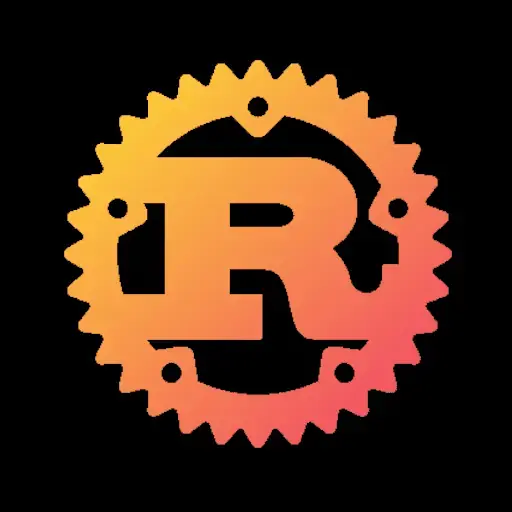

I did not expect Duskmourn to play a part in this story at all. The thought of Valgavoth as a team principal with his followers as drivers/members is rather funny.
There are quite a few plot threads and possible endings for this story. Maybe the Aetherspark really is unstable and whoever uses it ends up at the Edge of Eternities. Or Valgavoth gets it in his wings and begins to domesticate other planes to really become the current big bad. Or something completely unexpected happens.
Whatever it is, I’m now even more interested in the setting than before.




I really like the general idea of the brackets as a starting point and a language for rule 0 discussions and match estimation. Where I’m playing, most of the pods are looking for PL 7 but as there is almost never a rule 0 conversation, I don’t really know what to expect (as we all know, every deck is a 7). But now, if for example I’m looking for a casual, lower powered pod with a precon, I can look for bracket 2 and already know what I shouldn’t encounter there and can refine the pre-game discussions accordingly.
However, they need to modify the communication to make the central point of intent for these brackets more clear. I don’t know how many messages I’ve already read in the form of “my previous PL 8-9 deck is clearly a bracket 1 deck, because it fulfills the conditions” and I’ve already grown tired of them tbh. The blog post already explains rather well that the intention of the deck is the most important condition for bracket placement. But many people only look at graphics like these and thus they must be extended to make this more clear. Otherwise stompers will ruin lower bracket matches because “they can according to Gavin” and thus undermine the whole system.
And while it is a great help that Moxfield etc. show bracket estimations if not manually set, this also distracts from the point of intention because they can only objectively rate the bullet point conditions. And even only looking at them, some can’t really be included as combos etc. are a very complicated thing to determine from data alone. It even ranks most current precons at bracket 1, although they are by definition intended to be in bracket 2.
So tl;dr brackets have a potential to guide gathering of similar minded people/decks to good and “balanced” matches, but apparently people don’t read and don’t like to talk with each other, so they need to adjust their presentation material accordingly to make the central aspects more clear and visible.